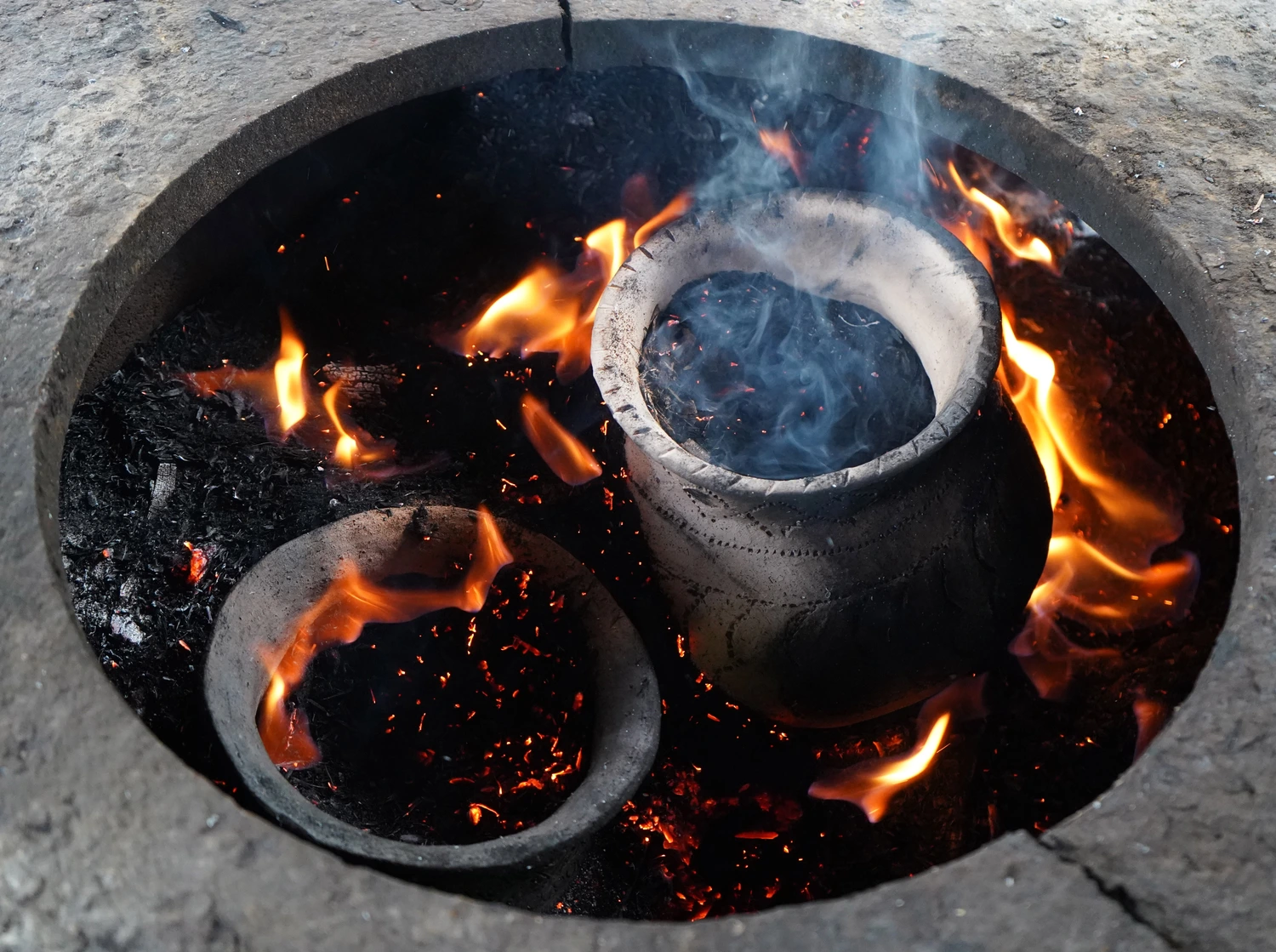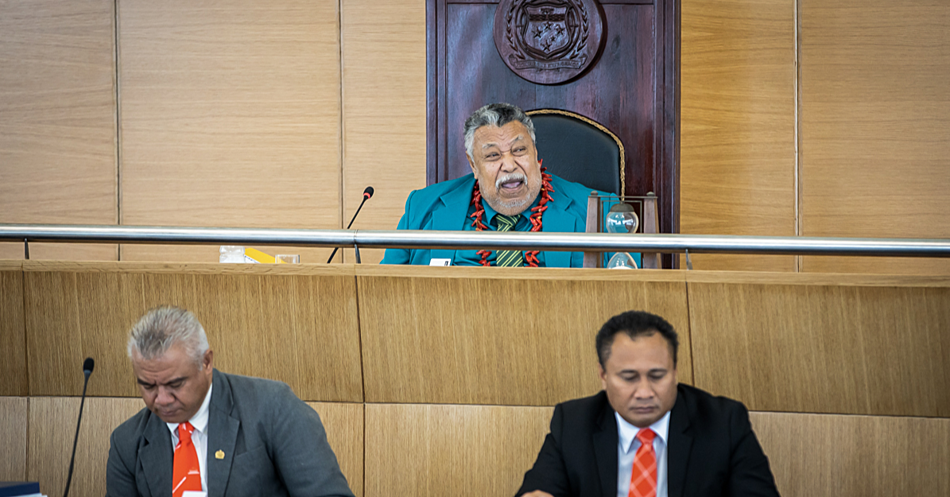Connecting with the past through pottery
A pottery workshop is helping guide participants in the techniques of ancient Lapita ceramics—long buried yet found across the Samoan archipelago—the workshop reconnects communities with one of their earliest artistic traditions.
The UNESCO Regional Office for the Pacific States in Apia is strengthening its partnership with the Tiapapata Art Centre through a hands-on workshop dedicated to ipu ‘ele (Samoan pottery).
This session forms part of the Upu ma Tala – Heritage Talanoa Series, a nationwide effort to safeguard endangered forms of intangible heritage. For cultural expressions such as Samoan pottery and the fagufagu (nose flute), the initiative is helping to rekindle practices that have faded from everyday cultural life, ensuring they remain part of Samoa’s living heritage.
Last weekend, twenty participants took part in a siapo-making session led by master artisans Rebecca Tautala and Tusolo Aumale from Siutu, Sala‘ilua, Savai‘i — a village renowned for its siapo-making tradition. Participants engaged in every stage of the craft, from stripping and pounding the u‘a (paper mulberry bark) to extracting the deep red pigment from the o‘a (blood tree). The workshop also revisited traditional methods for producing black pigment using roasted lama (candlenut) seeds — a more sustainable and culturally authentic alternative to the modern use of kerosene soot.
This weekend’s one-day pottery session will open with a presentation by Professor Helene Martinsson-Wallin, an archaeologist from Uppsala University, Sweden. Professor Martinsson-Wallin, who led the Pulemelei Archaeological Project (2002–2004), is well known for her pioneering research into Samoan archaeology, culminating in the publication “Samoan Archaeology and Cultural Heritage: Monuments and People, Memory and History.”
Her work not only deepened understanding of Samoa’s ancient history but also led to the establishment of Archaeology and Cultural Heritage Management courses at the National University of Samoa and academic exchanges between Gotland and Samoa.
Joining the workshop are expert Swedish ceramicists Helena Andreeff-Laurin and Staffan Laurin, who will assist in identifying clay sources similar to those used in ancient pottery. Using existing vessel records, the team will create replica Lapita-style pottery to help reconstruct and better understand the techniques introduced by Samoa’s earliest settlers some 3,000 years ago.
Where suitable clay deposits are found, organizers plan to conduct geological analyses to compare them with pottery sherds excavated in the 1960s and 1970s — many of which are preserved in the Auckland Museum.
“Finding a potential site with usable clay is only the beginning,” said Galumalemana Steve Percival, Director of the Tiapapata Art Centre. “Wild clay must be carefully processed to remove impurities before it can be shaped and fired. Through this initiative, we hope to bring back a once vital aspect of Samoa’s artistic heritage.”
This pottery session, titled “Art and Artifact – Reconstruction of Prehistoric Pottery Traditions in Samoa” is open to the public and aims to expand knowledge of this ancient craft, fostering its revival within modern Samoan material culture.











